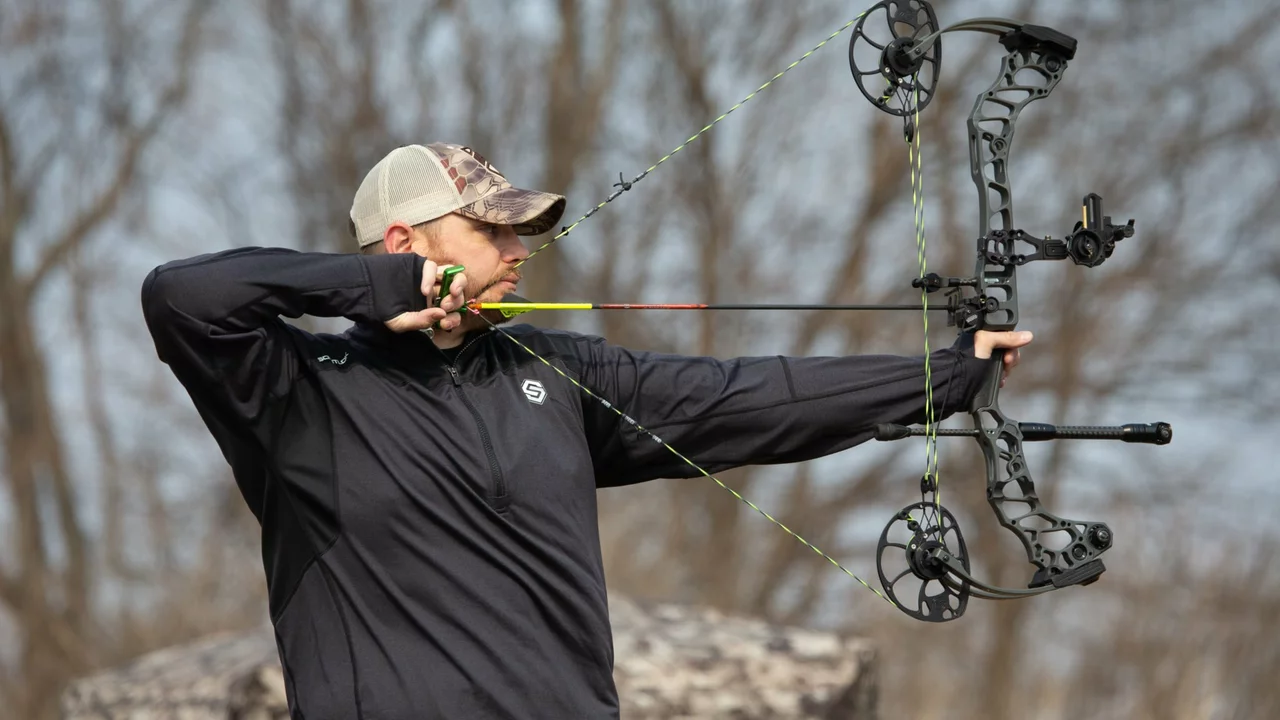Archery History: How the Sport Evolved and Why It Matters
When we talk about archery history, the long‑term story of shooting arrows with bows, from prehistoric times to today’s competitions. Also known as the history of archery, it captures the way tools, techniques, and cultures intersect. Archery, the sport of using a bow to launch arrows at a target provides the core activity, while bows, the flexible weapons that store energy to propel arrows are the primary technology that has changed dramatically over centuries.
Key Milestones in Archery History
Archery history encompasses several distinct eras. In the Paleolithic period, simple self‑bows made from a single piece of wood allowed hunters to increase range and accuracy. The Bronze Age introduced laminated bows, adding strength and consistency. The medieval era saw the longbow dominate English warfare, shaping battles like Agincourt. The 19th century brought the recurve bow, where tips curve outward for faster arrow speed, a design still popular in Olympic competition. Each breakthrough required new targets, the objects—often circular, colored rings—that measure accuracy, from wooden logs to modern 3‑D animal silhouettes used in field archery.
Understanding these phases helps explain why modern clubs preserve ancient techniques. Archery clubs act as living museums; they teach traditional longbow form while offering high‑tech compound setups. This blend of heritage and innovation illustrates how archery clubs, organized groups that promote practice, competition, and education keep the sport relevant. A club’s archive might hold replica medieval bows, while its shooting range features electronic scoring targets, showing the direct line from history to present.
Why should you care about archery history? Because it influences skill development, equipment choice, and even tournament rules. Knowing that the modern recurve bow evolved from a hunt‑oriented design explains why its posture emphasizes balance and a smooth draw. Recognizing that target scoring rings originated to standardize military training clarifies why today’s indoor competitions use identical 10‑ring layouts. These connections form a chain: archery history requires an appreciation of bow mechanics, which in turn shapes target design, and both feed into club curricula. This chain helps beginners avoid common mistakes and gives seasoned shooters a richer context for their performance.
Below, you’ll find a curated mix of articles that dive deeper into specific chapters of this story. From myths about global bans to the surge in beginner classes, each post adds a piece to the puzzle of how archery grew from survival skill to worldwide sport. Browse the collection to see how historical facts meet modern practice, and discover tips you can apply right away in your own shooting range.

